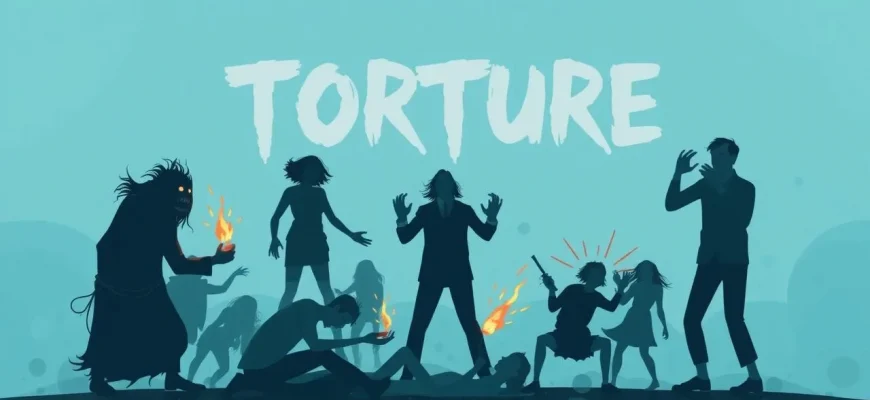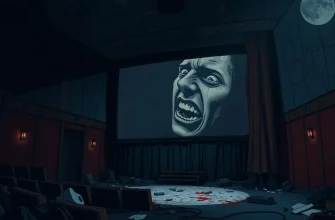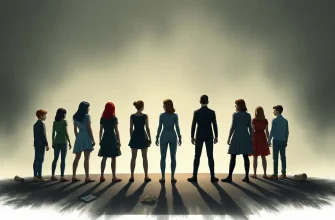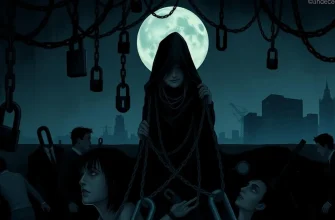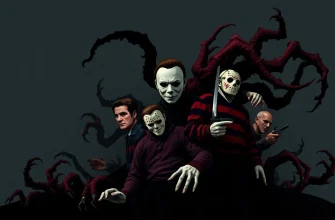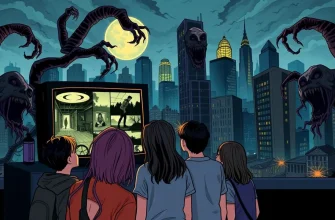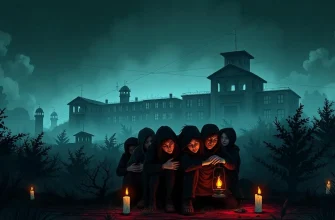This curated list of horror films delves into the grim and often unsettling world of torture. Each film in this collection has been selected for its ability to evoke fear, disgust, and a visceral reaction through graphic depictions of torture. These movies are not for the faint-hearted but offer a unique perspective on the human capacity for cruelty and the psychological depths of horror.
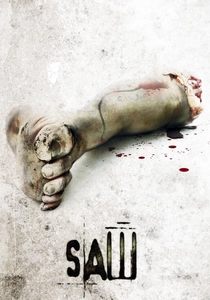
Saw (2004)
Description: Known for its twisty plot and the infamous 'games' set up by the Jigsaw killer, Saw uses psychological and physical torture to test its victims' will to live. Its impact on the horror genre is undeniable.
Fact: The film was made with a budget of just $
 Watch Now
Watch Now
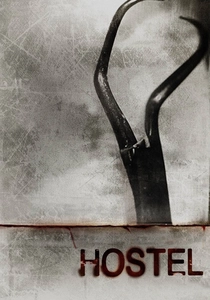
Hostel (2005)
Description: Hostel explores the dark side of backpacking in Europe, where unsuspecting tourists are lured into a secret society that auctions off their torture and murder. The film's graphic scenes of torture have cemented its place in horror lore.
Fact: The film was inspired by an urban legend about a website where people could bid to hunt and kill others. It spawned a franchise with sequels.
 Watch Now
Watch Now
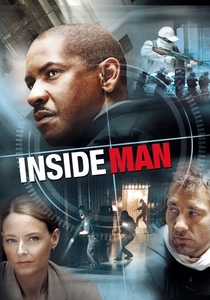
Inside (2007)
Description: A pregnant woman is terrorized by a mysterious woman intent on stealing her unborn child, leading to a night of intense psychological and physical torture. The film's claustrophobic setting amplifies the horror.
Fact: The film was remade in English but did not achieve the same critical acclaim as the original French version.
 Watch Now
Watch Now

The Girl Next Door (2007)
Description: Based on a true story, this film portrays the horrifying abuse of a young girl by her aunt, exploring themes of cruelty, neglect, and the dark side of human nature.
Fact: The film was adapted from Jack Ketchum's novel, which was inspired by the real-life case of Sylvia Likens.
 Watch Now
Watch Now
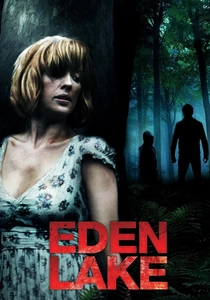
Eden Lake (2008)
Description: A couple's romantic getaway turns into a nightmare when they encounter a group of violent teenagers. The film's portrayal of psychological and physical torture is both realistic and chilling.
Fact: The film was praised for its realistic portrayal of violence and its commentary on youth culture and societal decay.
 Watch Now
Watch Now
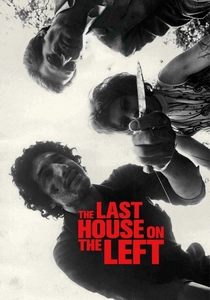
The Last House on the Left (1972)
Description: Wes Craven's early work, this film follows the parents of a murdered girl who exact revenge on her killers. Its raw depiction of violence and torture was groundbreaking for its time.
Fact: The film was remade in 2009 with a slightly different ending but retained the core themes of revenge and torture.
 30 Days Free
30 Days Free
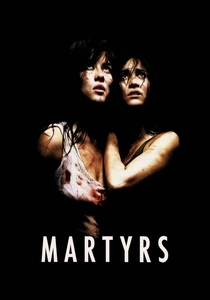
Martyrs (2008)
Description: This French film delves into themes of suffering, transcendence, and revenge, featuring some of the most brutal torture scenes ever committed to film. It's a philosophical exploration of pain and its purpose.
Fact: The film was banned in several countries for its extreme violence. It has a cult following for its deep, albeit disturbing, narrative.
 30 Days Free
30 Days Free

A Serbian Film (2010)
Description: Infamous for its graphic content, this film follows a retired porn star who unknowingly participates in a snuff film involving extreme acts of violence and torture. It's known for pushing the boundaries of what can be shown in cinema.
Fact: The film was banned or heavily censored in many countries. Its director has since apologized for some of the content, stating it was meant to be a metaphor for Serbia's political situation.
 30 Days Free
30 Days Free
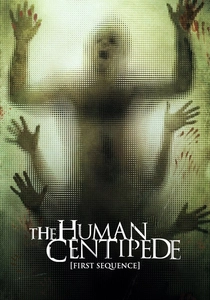
The Human Centipede (First Sequence) (2009)
Description: This film features a mad scientist who surgically connects three people mouth-to-anus, creating a 'human centipede'. Its grotesque concept and execution make it a standout in horror cinema for its sheer audacity.
Fact: The film was inspired by a joke about the worst thing a surgeon could do to a person. It was banned in several countries due to its disturbing content.
 30 Days Free
30 Days Free
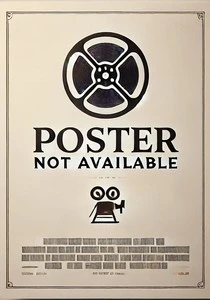
I Spit on Your Grave (1978)
Description: A classic revenge film where a woman brutally retaliates against her attackers after enduring severe sexual assault and torture. Its graphic nature made it a controversial film upon release.
Fact: The film was banned in several countries and was the subject of much debate over its depiction of violence against women.
 30 Days Free
30 Days Free

